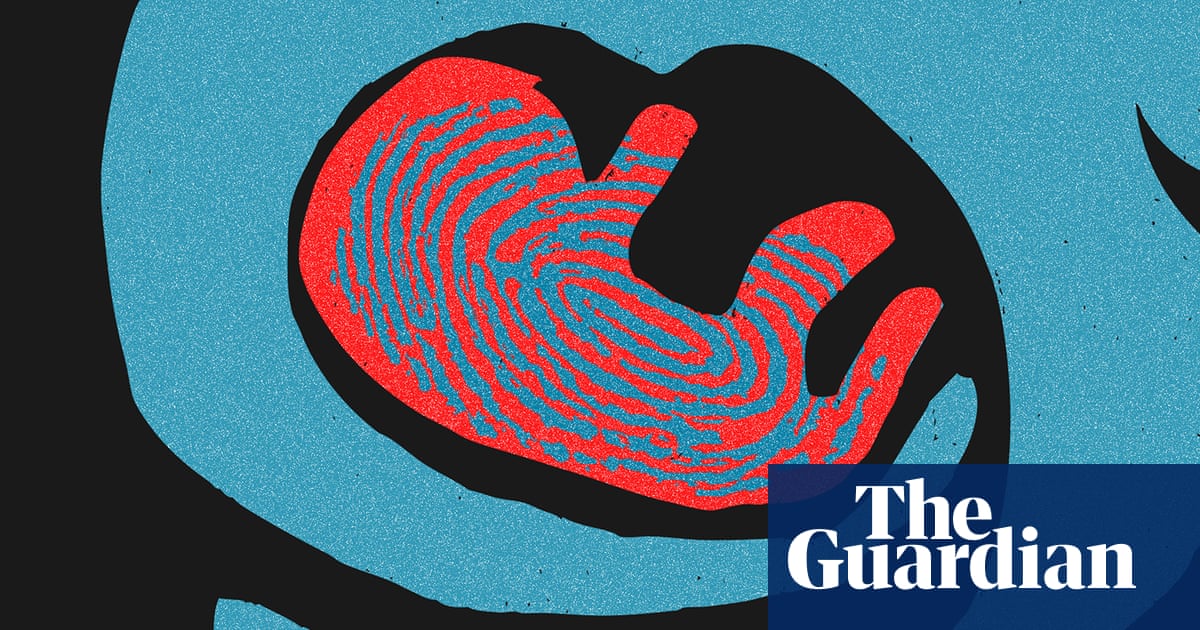Photo credit: www.theguardian.com
Growing Movement for Fetal Personhood Raises Concerns Over Women’s Rights
Legislation aiming to recognize fetuses as persons has emerged in at least a dozen states this year, putting women seeking abortions at risk of facing homicide charges, which in some instances could lead to the death penalty. This shift indicates a significant change in the political landscape surrounding abortion rights in the aftermath of the Supreme Court’s decision to overturn Roe v. Wade.
Mary Ziegler, a prominent law professor at the University of California, Davis, and author of the book Personhood: The New Civil War Over Reproduction, asserts that the current anti-abortion movement has always fundamentally revolved around the concept of fetal personhood. According to Ziegler, the movement has gained momentum to the point where it appears indifferent to public opinion and democratic principles.
Fetal personhood posits that embryos and fetuses should be granted legal rights similar to those of individuals. If this notion were fully realized within U.S. law, it would not only effectively ban abortion but could also create conflicts between the rights of fetuses and those of the women carrying them. After the Supreme Court’s decision in 2022, more than 200 individuals were prosecuted for actions related to their pregnancies, with the majority of charges addressing issues of child endangerment rather than direct abortion involvement.
Ziegler, a Guggenheim fellow with extensive writings on reproductive rights, views fetal personhood as a crucial point in the long history of the anti-abortion movement. She believes that post-Roe, the movement has become increasingly aggressive in its stance against abortion, aiming to impose penalties not only on medical providers but also on women who seek abortions.
Her book, released recently, argues that the anti-abortion approach does not need to be as punitive. Historically fragmented, the movement has increasingly aligned itself with Republican political ideals, particularly the ideology of “law and order,” which emphasizes punitive measures over social support systems.
Following Roe’s legalization of abortion in the 1970s, activists sought amendments to the Constitution to define embryos and fetuses as persons—a push that never gained significant traction. Concurrently, there were factions within the movement advocating for broader support for pregnant women, but these voices diminished as the movement allied more closely with Republican politics.
Framing fetuses as victims of crime has effectively galvanized conservative voters and secured financial backing for anti-abortion initiatives. Ziegler notes that since the Reagan era, the Republican party has linked justice and equality with punitive policies, which resonated with the anti-abortion agenda.
As it stands, many state-level abortion bans do not directly penalize those seeking abortions; instead, the focus is on criminalizing providers and supporters of abortion services. However, a more radical faction of the movement, known as “abortion abolitionists,” advocates for treating abortion as murder, thereby holding women legally accountable in the same way.
Both mainstream anti-abortion advocates and abolitionists struggle with popularity. Following the end of nationwide abortion rights, various states, including traditionally Republican areas like Ohio and Missouri, have enacted measures to protect abortion rights. Public sentiment remains largely in favor of legal abortion; recent polling indicates that 85% of Americans believe it should be allowed under certain circumstances, while 41% acknowledge fetal rights from conception—a position that complicates perceptions around IVF practices, which often involve embryonic loss.
While the chances of passing laws that criminalize women for abortions may be low this year, Ziegler believes that the abolitionist movement remains resilient. Factors contributing to this persistence include a strong influence in Southern state legislatures and an ideological shift within the anti-abortion movement that prioritizes judicial opinions over public sentiment.
According to Ziegler, the emphasis on ideological consistencies allows this movement to operate with less concern for broad public approval. “The focus is increasingly on convincing a selective few—five Supreme Court justices—rather than the American electorate as a whole,” she explains. This strategic reliance on the courts allows hardline stances on abortion to advance despite widespread unpopularity.
The anti-abortion movement has shifted its previous objective of amending the Constitution in favor of leveraging the existing 14th Amendment to claim that it already confers personhood to fetuses. This pivot signals a further departure from democratic engagement.
The movement’s relationship with race has also evolved significantly. Initially resistant to acknowledging racial issues during the post-Civil War era when the 14th Amendment was passed, the anti-abortion movement has more recently utilized civil rights language to advocate for fetuses as the primary victims of discrimination. Ziegler argues that this appropriation of civil rights discourse allows the movement to resonate with a largely white conservative audience by casting fetuses as the emblematic victims of societal injustice.
As the implications of fetal personhood become more entrenched, Ziegler anticipates that discussions around reproductive technologies like IVF will intensify. Increased scrutiny and criticism of reproductive practices that involve embryo loss, including condemnations of supportive political moves for IVF, illustrate a hardening stance within the anti-abortion movement.
Looking ahead, Ziegler expresses concern for the anti-abortion movement’s trajectory, stating, “Its ideological convictions are not merely about pleasing Republicans or voters; rather, they prioritize a specific ideological framework for those involved.”
Source
www.theguardian.com

